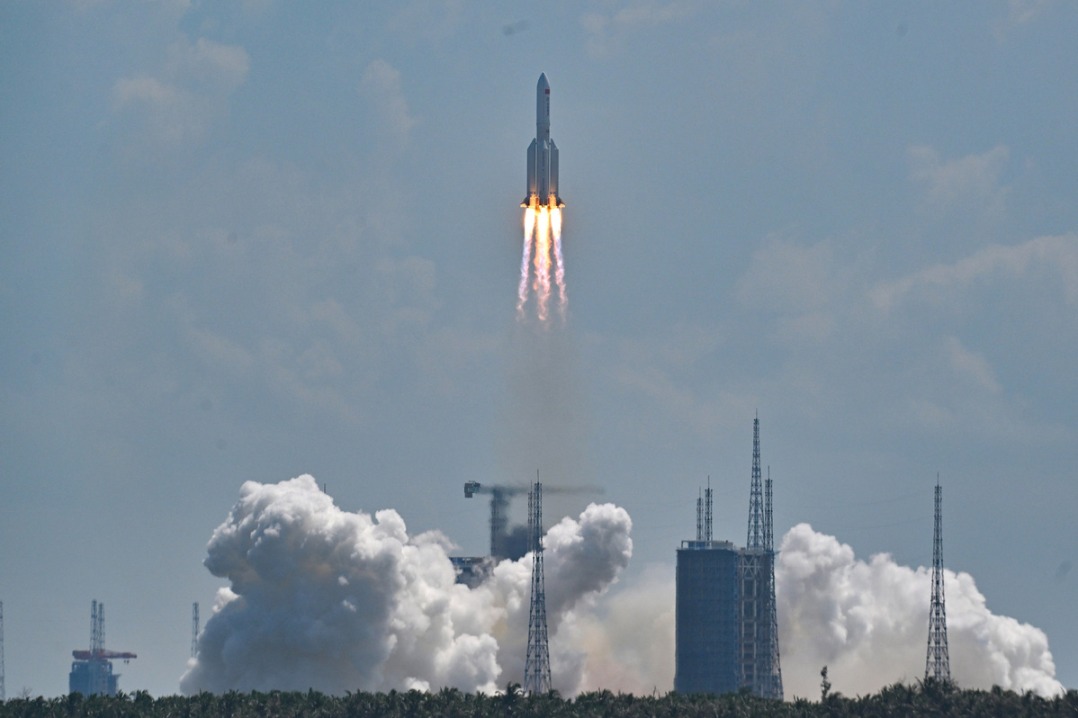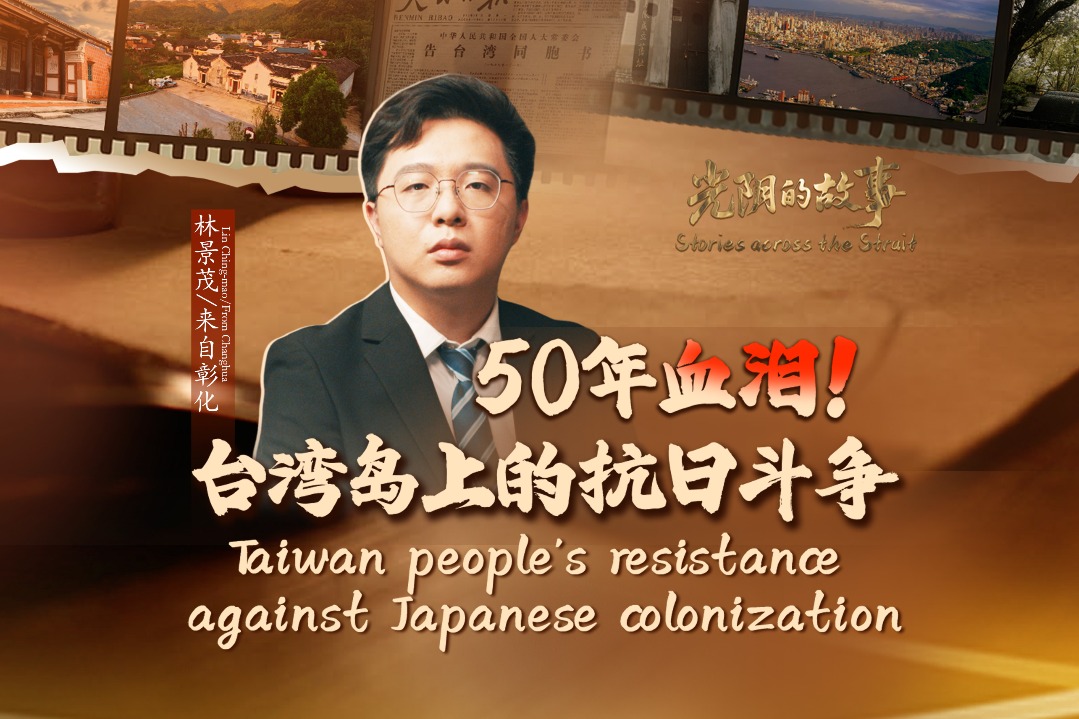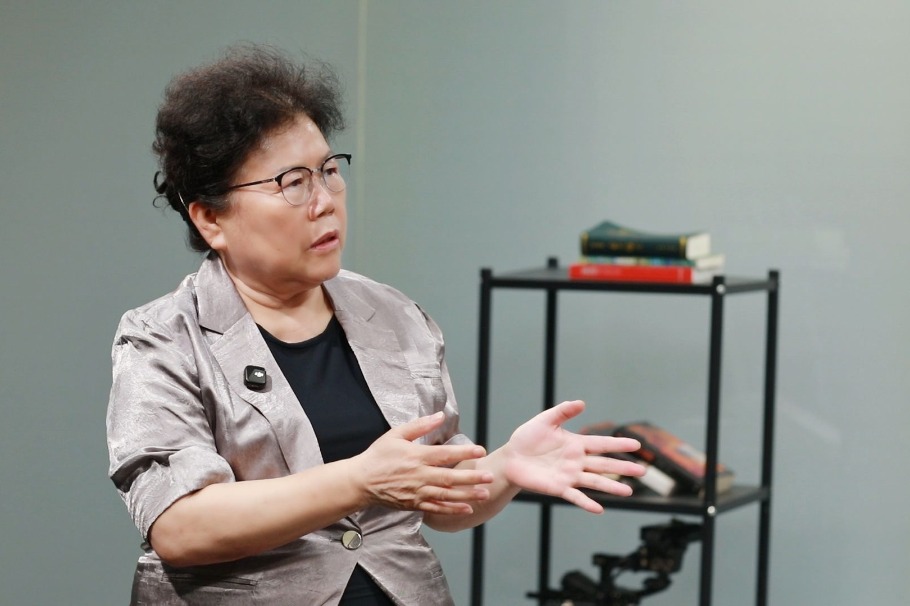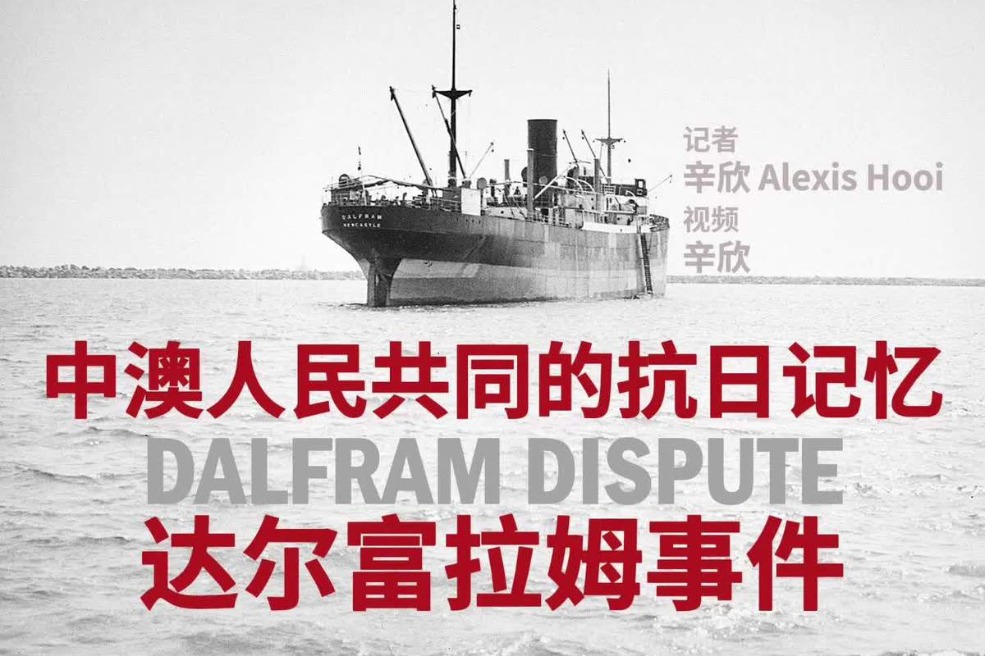ChAFTA set for brighter next chapter
Analysts hail first 10 years of China-Australia free trade deal, share optimism for future amid global challenges


Labor positives
The free trade agreement has not negatively impacted the Australian labor market, as initially thought by its critics.
"In 2014 and 2015, when the Australian public was debating whether the China-Australia Free Trade Agreement was a good idea or not, there were two camps," Laurenceson said.
"There were the advocates who pointed to the fact that ChAFTA would create trade and boost Australian prosperity. There were also people on the other side, the critics who argued that it would change the Australian labor market in fundamental ways," he said.
"They imagined thousands and thousands of Chinese workers coming to Australia and displacing local jobs," Laurenceson said, noting there are actually fewer temporary Chinese workers in Australia today than there were in 2015.
The report said temporary labor migration from China has fallen, both in absolute numbers and as a proportion of the total, and there is "no compelling evidence presented that links unsafe workplace practices in Australia to ChAFTA's provisions".
According to the report, that, and other major outcomes, "help to explain why a decade on, Australian public support for ChAFTA remains strong".
The benefits of trade remain clear in Australia-China bilateral ties of the past decade, Laurenceson said, noting that this can offer the rest of the world a lesson amid challenges to globalization, such as the recent worldwide tariffs imposed by the United States.
Businesses that continue to engage with each other can help the broader bilateral relationship and provide it with ballast amid any political differences or difficulties, he said. "It's useful to remember that those connections between businesses and between people do bring benefits for the broader relationship, and certainly ChAFTA has played a role in boosting those connections," Laurenceson said.
"It raised awareness among Australian and Chinese businesses and households of the economic complementarities between our two countries, and it made it easier for households and firms to capitalize on those opportunities because barriers to trade were reduced by both sides."
Laurenceson said that the economic and trade ties between the two countries remain bright, with growth areas beyond traditional sectors like minerals holding significant potential.
"I remain convinced that the best days of the Australia-China economic relationship are in the future," he said.
"Of course, over time, some goods will diminish in importance. We know now, for example, more of China's growth these days is driven by high-tech industries, less by investment in infrastructure, residential construction," he said. "So, of course, China won't need as much steel in the future, which means it will need less iron ore … that's just a gradual decline, and frankly, it's what everyone should be expecting.
"Our own minerals companies have been expecting that for decades, so I don't really think that's troubling," he noted.
"China's own productive capabilities are becoming more and more complete and complex … five years ago, China was not a major exporter of electric vehicles, now they are the world's clear leader," Laurenceson said.
Zhou Mi, a researcher at the Chinese Academy of International Trade and Economic Cooperation, said: "A better-developed China-Australia economic and trade ties can not only support Australian businesses to sustain their growth amid rising geopolitical tensions, the disruption of both global and regional supply chains, and unilateral moves, but also benefit Chinese consumers through increased product availability and lower prices."
The two nations' complementary trade structures and mutual investment help them diversify their economies and take advantage of each other's strengths, Zhou said.
























